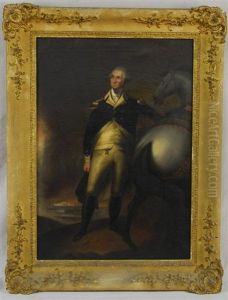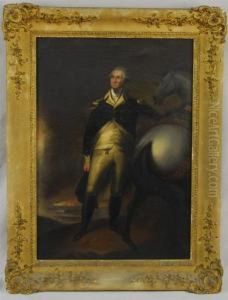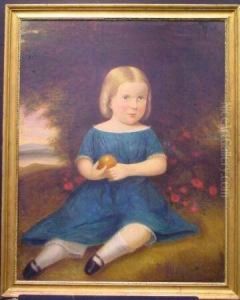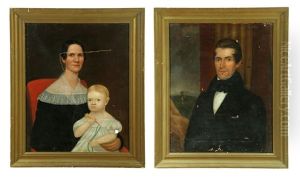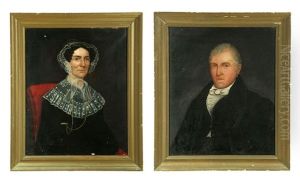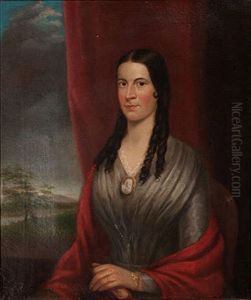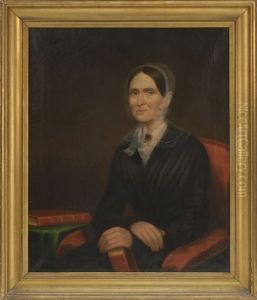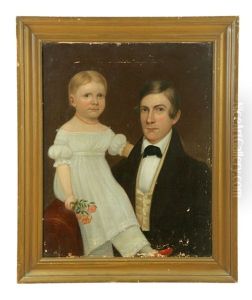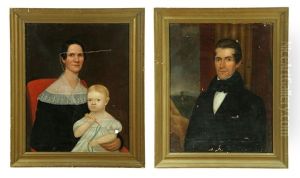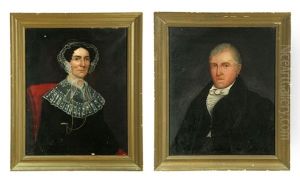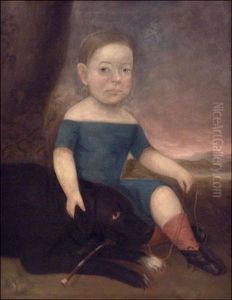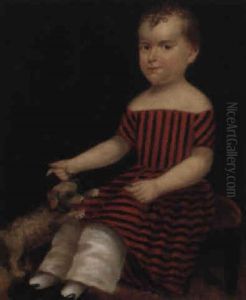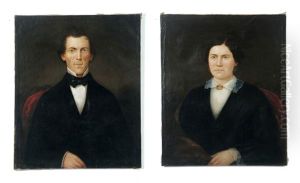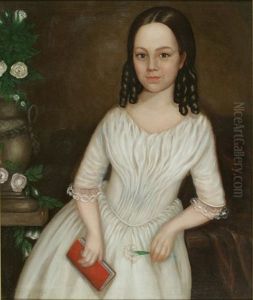Isaac Augustus Wetherby Paintings
Isaac Augustus Wetherby was an American artist and inventor born in 1819 in Westboro, Massachusetts. His artistic journey began in his early twenties after he moved to Boston, where he learned daguerreotypy, a form of early photography. Wetherby's initial interest in the arts was not confined to photography alone; he also engaged in painting and became known for his portraits.
Wetherby’s work as a portraitist flourished during the mid-19th century, a time when the United States was experiencing significant social and cultural changes. As he developed his career, he traveled and worked in various cities, including Cincinnati, Ohio, and Burlington, Iowa. His portraits often captured the likeness of middle-class Americans, providing a visual documentation of the people and fashions of the time. This work became a valuable historical record of the era.
Apart from his artistic endeavors, Isaac Augustus Wetherby was also an inventor. He is noted for his invention of a fruit canning process, which he patented. This process was significant at the time because it contributed to the ability to preserve food, which had a profound impact on food storage and safety.
Wetherby was an active member of his community and engaged in various social causes throughout his life. Despite not being as widely recognized as some of his contemporaries, he made substantial contributions to the arts and sciences of the period.
He lived through the American Civil War and the transformative years that followed, passing away in 1904. Wetherby’s legacy is preserved through his portraits, which continue to be of interest to art historians and collectors, and through the impact of his inventions on everyday life.
